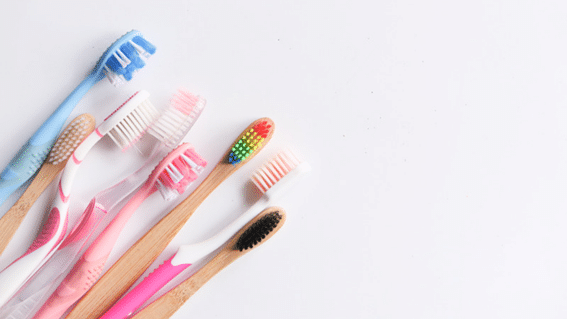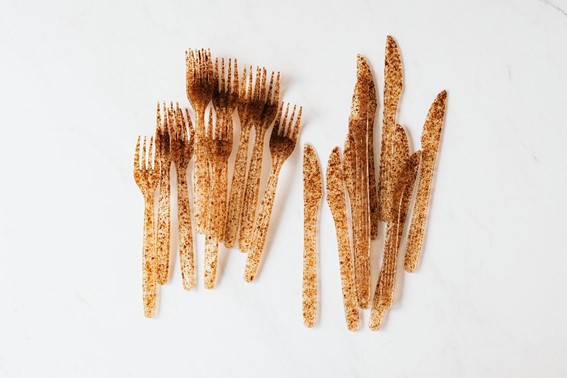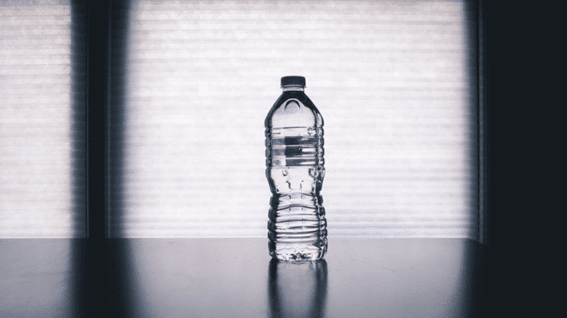The circular economy is a model of production (and consumption) that prioritises the use of resources while breaking with the linear system of ‘use and throw away’ and reducing the waste of raw materials, water and other sources of energy.
In this process of reversing and transforming established processes, the need to reflect on the design of products and the materials used is highlighted. Laura del Río, an expert in the design and development of plastic parts at INFINITIA, suggests the need to “design with a circular economy perspective”, even when “they sell us the need for something that already exists, adding bamboo to objects to make us feel more ecological”.
We explain. The design of new products and the selection of materials should facilitate the recovery of these materials once they have been used, giving them value so that they can be reintroduced into the manufacturing chain, functioning once again as raw materials. However, many brands are trying to introduce this circularity in their offer and, as a result, they are selling an ecological image that, in reality, if you look at the design or the materials, is not so green.
By transferring the green philosophy to everyday life, we can find examples in almost any field…
TOOTH BRUSHES

They are made in a multitude of colours and materials, all assembled together. Each material confers a different functionality to the toothbrush, i.e. there are materials that provide structural rigidity or ‘soft touch’ materials for a better feeling of grip and ergonomics. While the design fulfils these functions, they make recycling virtually impossible, as, he says, “it is unrealistic to separate each type of material and then recycle it”, given that each colour is already a different material.
“Are so many materials necessary for the short life of these products, and would consumers be willing to give up comfort or aesthetics just to make them more recyclable?
Many of these functionalities could be addressed from a design point of view, conferring the required properties through geometry or surface treatments, such as IMM technology, without going into material mixing.
CUTLERY “eco-friendly”

It is easy to find in shops the fork, spoon and knife cases that are sold with the ‘reusable’ or ‘eco-friendly’ label, although there are already others, such as stainless steel ones, that are reusable and recyclable an infinite number of times. This plastic cutlery is often “made of polypropylene (PP), a plastic commonly selected for this use, to which bamboo fibre has been added“.
Polymers have fillers and additives to improve their properties or reduce costs. For example, glass fibre is used to improve mechanical strength and mineral fillers are used to lower the price of the raw plastic.
“In the case of introducing bamboo powder, we are making it more difficult to recycle the material,” says the plastics specialist. “No matter how ecological and biodegradable bamboo is, by mixing it with polypropylene it will not degrade, so you are making that product non-recyclable, you are increasing the total price and, in addition, you are not making any noticeable improvements in terms of its properties. The only thing that increases is the feeling of ecologism”, he claims.
WATER BOTTLES: Tetrabrik or PET?

As a consequence of the demonisation of plastic, the use of alternative packaging is being introduced. The tetrabrik is one of these alternatives, a composite made up of layers of polyethylene, aluminium and cardboard, something which, at present and in Spain, is not 100% separable. Although the technology exists in countries such as China to do so, is it worth sending it there, considering the energy and resource consumption? Is that circular economy?
In short, although other attempts have been made to separate the three materials, it is necessary to treat them at 500ºC. This need for temperatures, which consumes so many resources, still begs the same question: is this sustainable?
The solution, says Del Rio, is to reflect on whether plastic is as bad as it is made out to be. “As bad as they are selling it, you only have one material, which has been in contact with water, so it is more recyclable.
The key to achieving circularity lies in a symbiosis between producers and consumers. Is the customer willing to give up certain qualities? And the manufacturer? For Laura Del Río, the challenge of the circular economy is faced from the design of products and the selection of materials. A task that INFINITIA has already set in motion. “The challenge is to make all the products we consume; for example, packaging, compostable or recyclable. Recyclable materials are managed industrially and compostable materials are managed biologically. So they all end up recovering their value as raw materials,” he concludes.
